No Kids
Gürtel, Breitfelder Kirche, 2008
From sunny Padova in Italy into the cloudburst in Vienna – Justin Kellam (drummer of No Kids) gets his refreshment from a lamb-goulash (“Must have been an evil lamb”) after their soppy arrival in Austria. He ponders what to think about his first impressions of Austria and makes tongue-in-cheek remarks how “weak” the next hours in Vienna and especially their live show could turn out. It is the first evening on tour in Europe with their album “Come Into My House” – named after a song from Queen Latifah – that the trio from Vancouver plays as the main act. At the after-dinner walk under fresh air Julia Chirka, Justin Kellam and Nick Krgovich perform advanced R’n’B ballads with a poppy soul-appeal and a cinematic atmosphere. Nick immerges right away into the song, beating time and putting on his strong facial expression while singing. His lyrical voice escalates in the highest R’n’B pitches, while it is accompanied by mellow keyboard tunes and spare percussion inserts. In the end Justin’s high requirements concerning his stay in Austria can be nearly fulfilled. Later at the show he will shout “89” down from the stage for indicating that – on a scale from zero to one hundred – his Vienna stay made it to 89 percent.
- Photography
- Simon Brugner
- Artist
- No Kids
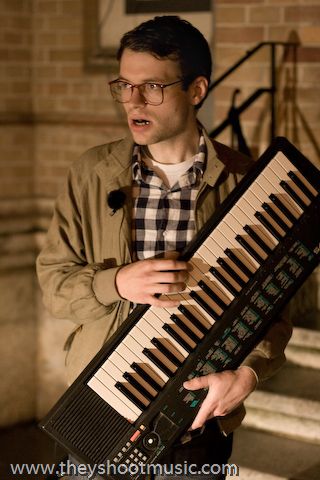
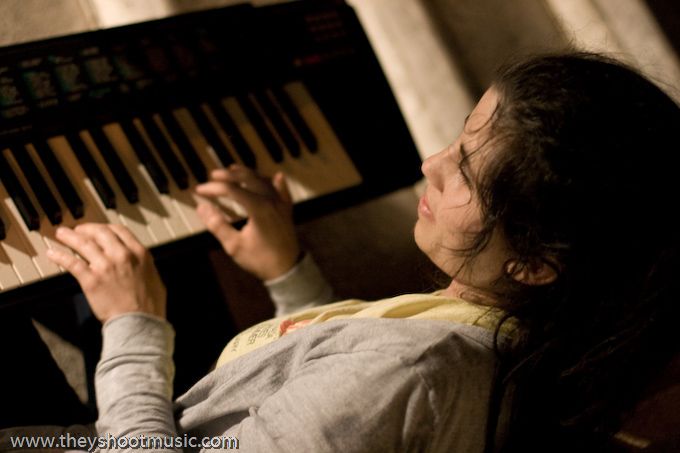

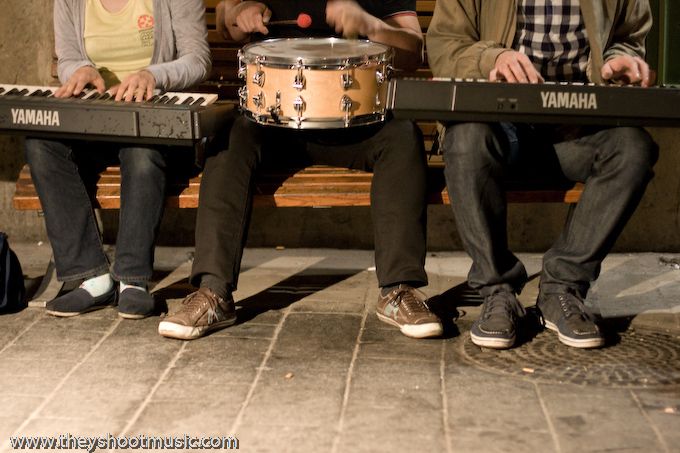
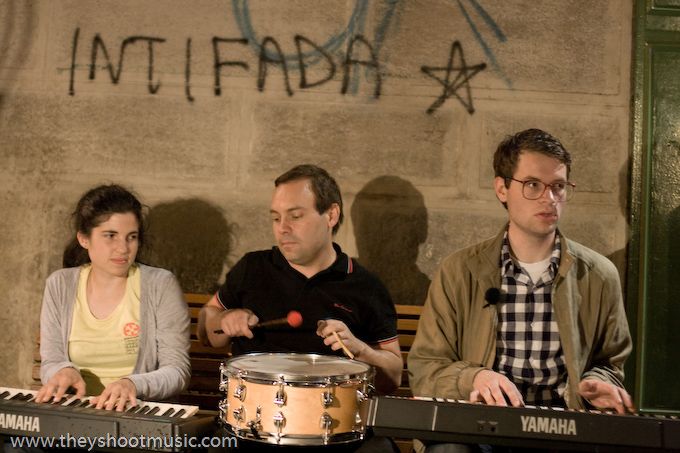

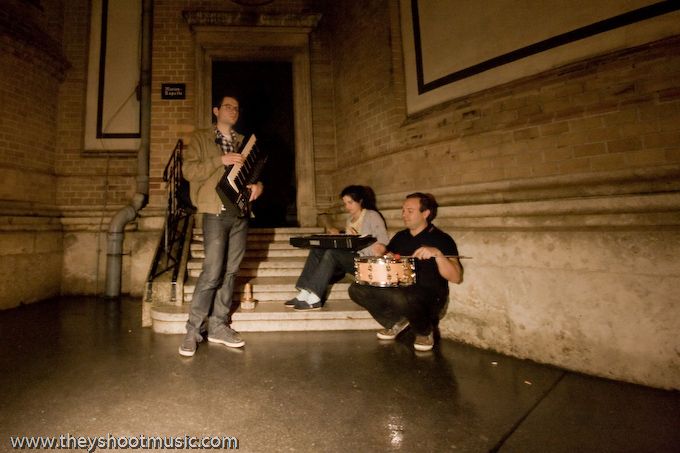
Gürtel
Two circular roads around the city center provide a basic way of orientation in Vienna. The one, Ringstraße is popular and touristy, whereas the other, Gürtel (meaning belt), is dominated by heavy traffic and separates the so-called inner districts (3rd to 9th district) from the outer districts and former suburbs of Vienna (10th to 19th district). Gürtel is the colloquial name for what is officially called Wiener Gürtelstraße or B221, Austria’s most frequented state road. On its length of 13.1 kilometres, six-to-eight-lane Gürtel road encircles central Vienna on the north, west and south, passing the two main train stations Westbahnhof and Südbahnhof. Similar to the Ringstraße, the course of today’s Gürtel was used as a fortification from the 17th to the 19th century. In the 1890s the famous Art Nouveau architect Otto Wagner designed a city railway along the Gürtel, that runs partly on a viaduct and is now the trace of the underground line U6. Until the end of World War II the Gürtel was a popular residential area with short connections to the city center but also the green and spacious outskirts close-by. The picture drastically changed with the population getting motorized. Quality of life dropped as traffic exploded and the western part of the Gürtel developed into a red-light district. Besides, in an attempt to revive the area, an urban regeneration project was started in the 1990s. The Main Public Library now upgrades Urban-Loritz-Platz and numerous restaurants, pubs and music clubs like Chelsea, rhiz and B72 opened along the Lerchenfelder Gürtel in the arches of the railway viaduct, making the area – at least in the evening – well worth a visit.’
Breitfelder Kirche
Breitenfelder Kirche was inaugurated by His Imperial Royal Majesty Franz Josef I., Emperor of Austria and King of Hungary, in 1898. The brick church was designed by the architect Alexander Wieleman in a late Historism style with influences from the Italian Renaissance. The Feld in its name derives from the former grain field that was transformed into building ground when the city expanded. It is situated in Vienna’s smallest bourgeois district Josefstadt (8th district) next to the busy Gürtel road.